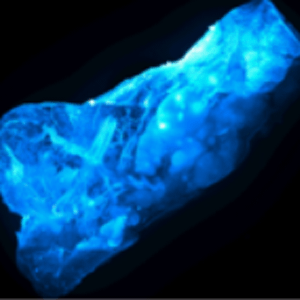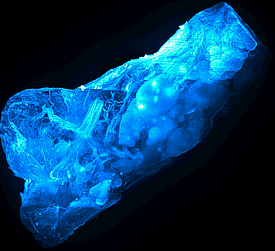
Polarization Lightsheet Microscopy
In recent years, lightsheet microscopy has continuously gained popularity among researchers, as it allows for gentle and quick imaging of high volume specimen with good image resolution. Inventors at the University Medical Center Göttingen have now developed an extension of this technology that uses the polarization properties of the specimen, which can further be influenced by the use of nematic liquids, to acquire further measurement values and parameters, and improve image contrast.
Challenge
Polarization microscopy is a longstanding microscopy technique used to obtain sufficient contrast in otherwise predominantly transparent specimen. However, resolving along the beam axis used to image the probe has not been possible.
In recent years, lightsheet microscopy has become a successful method. As images are acquired perpendicular to the illumination plane, this technique has proven to be particularly well suited for imaging of large volumes in short time frames. Scattered light however, can significantly reduce image contrast.
Our Solution

Lightsheet microscopy of a thymus preparation (Source: Prof. Fred-Wouters-Bunt)
The procedure presented here, is based on lightsheet microscopy using a linearly polarized lightsheet and imaging of each image stack with differently polarized excitation light. In addition, emission light can be divided into polarization directions.
As a result, local light intensity changes can be observed depending on optical properties of the specimen and the chosen polarization of the excitation light.
Thus, additional characteristics of the sample can be measured. In addition, to enhance image contrast, the polarization direction with minimal light scattering can specifically be selected for each point of the specimen.
By infusion of optically active nematic liquids into the specimen and applying a voltage, the optical activity of the specimen can further be enhanced, or rather an additional contrast mechanism can be generated. Additionally, nematic liquids can for instance be used to study the permeability of a specimen, by analyzing the diffusion speed into a specimen, or within compartments of a specimen.
Advantages
- Improved image quality
- Enhanced contrast
- Additional measurement parameters
- Quantification of polarization-dependent intensity changes
- Nematic liquids can be used to generate an additional contrast mechanism
- Nematic liquids can be used to study permeability of the specimen
Applications
- Lightsheet microscopy
- Particularly well suited for highly optically rotating specimen
Development Status
Initial tests with various specimen have successfully been performed.
Patent Status
German patent application: DE102016105798A1
International patent application: WO2017167911A1
Patent applicant:
University Medical Center Göttingen (UMG)
Contact
Dr. Tilmann Götze
Patent Manager Physics & Technology
E-Mail: tgoetze(at)sciencebridge.de
Tel.: +49 (0) 551 30 724 159
Reference: CPA-1732-UMG
Tags: Laser physics and optics
